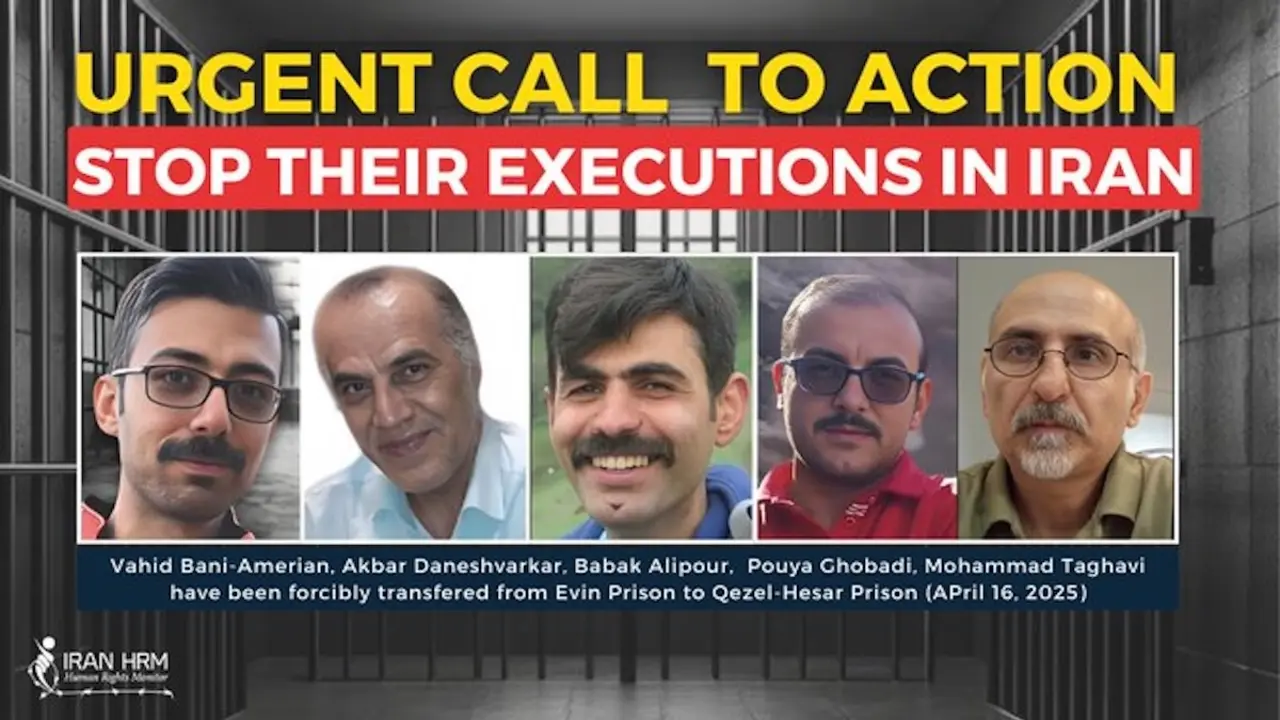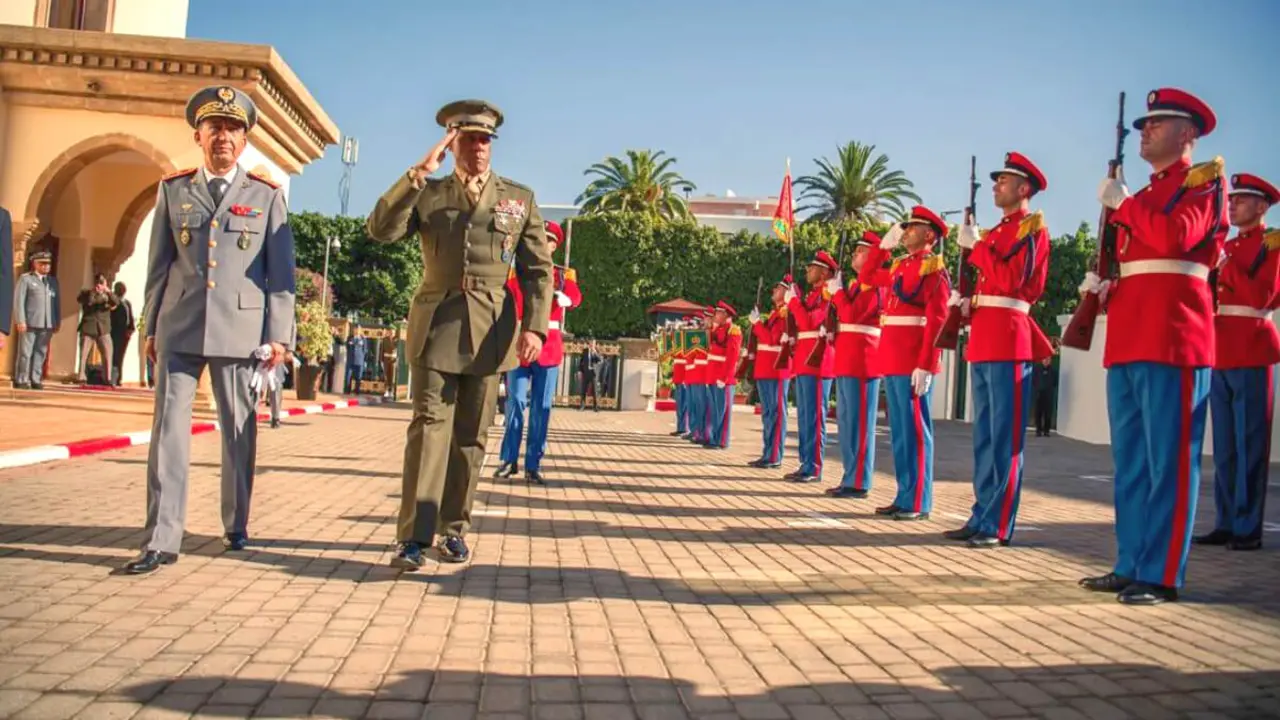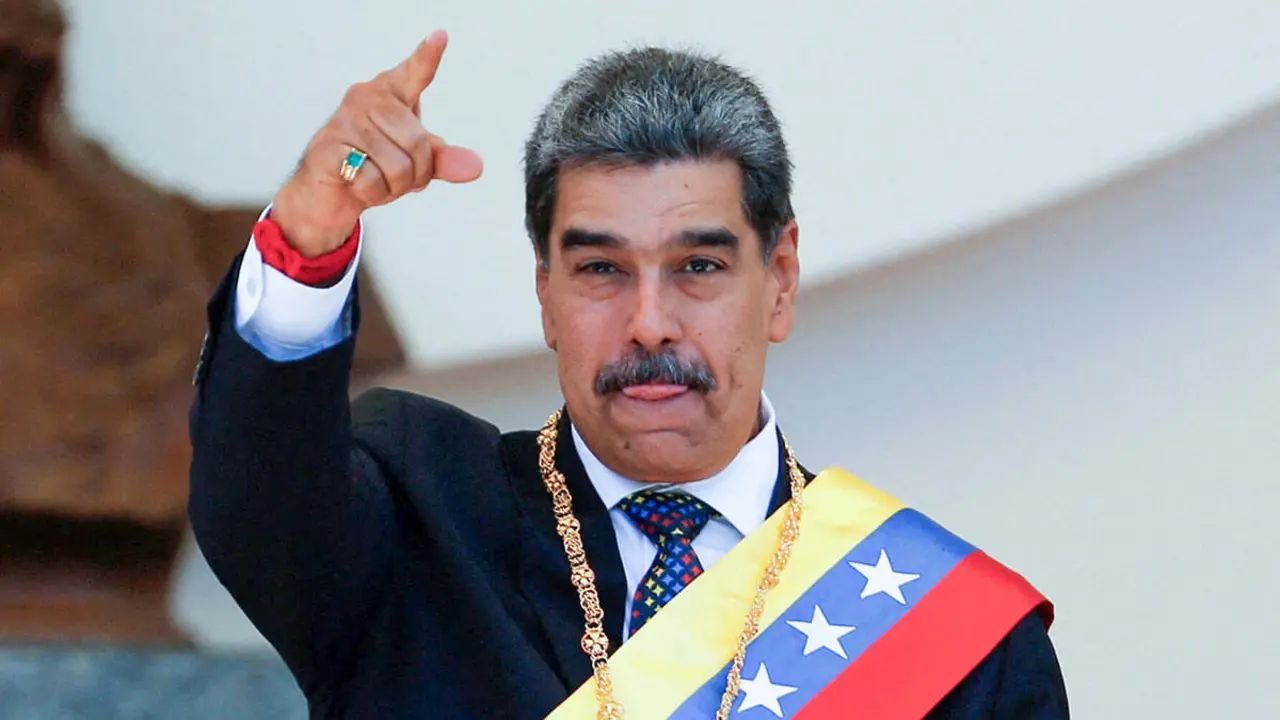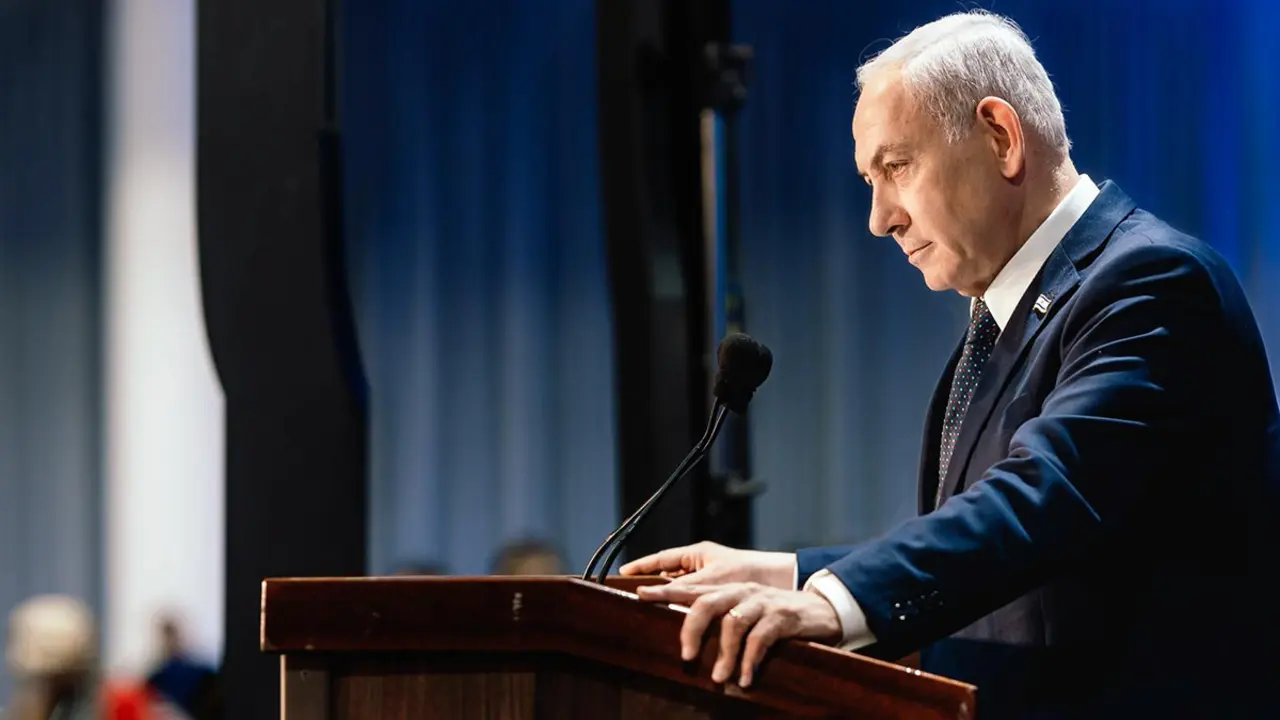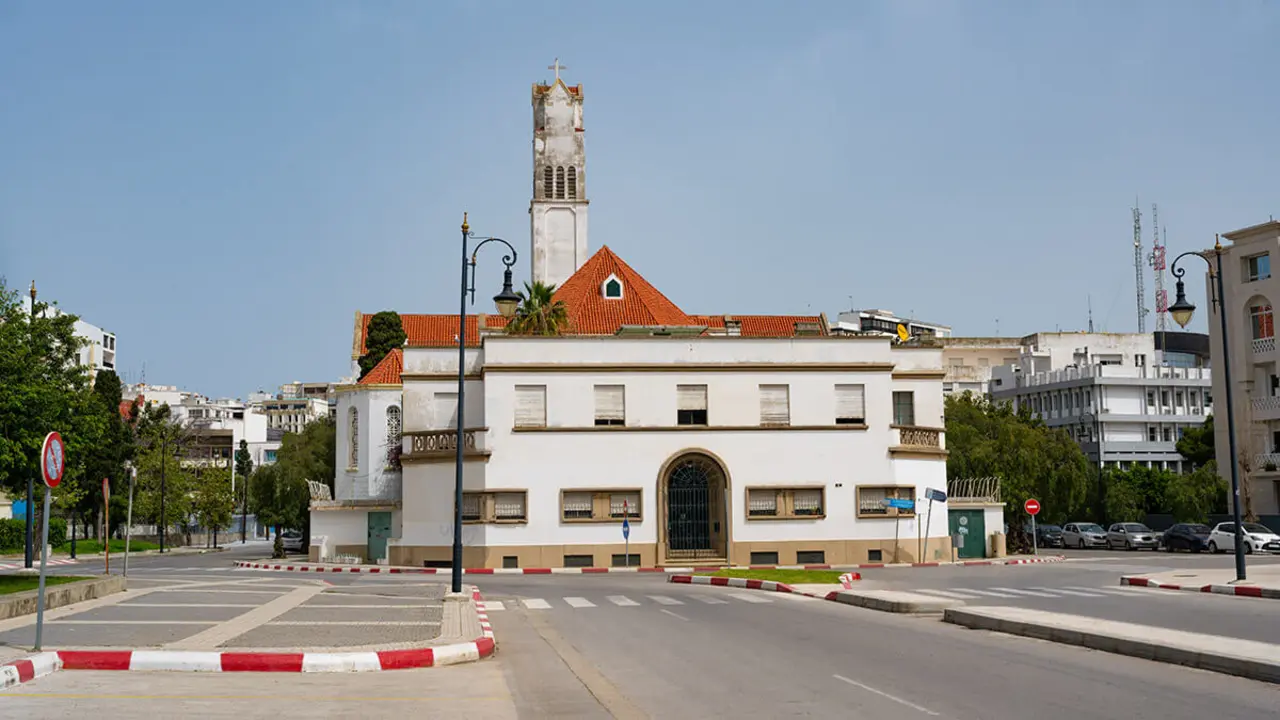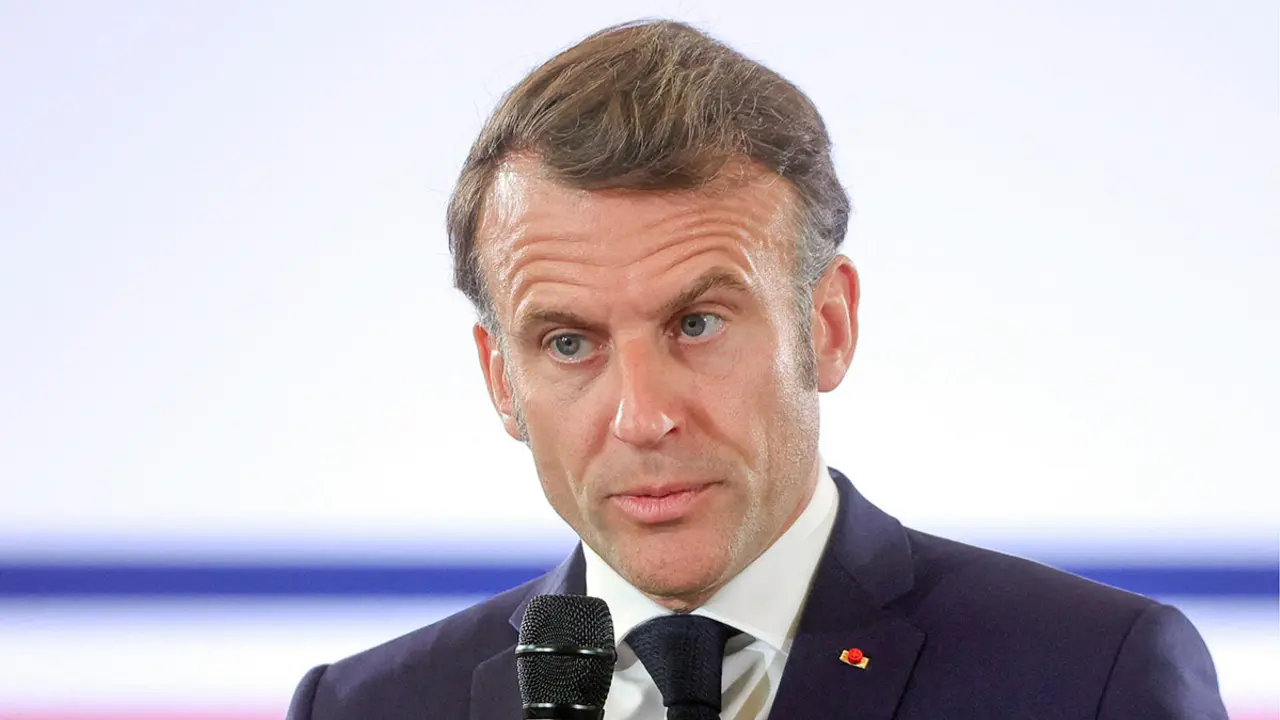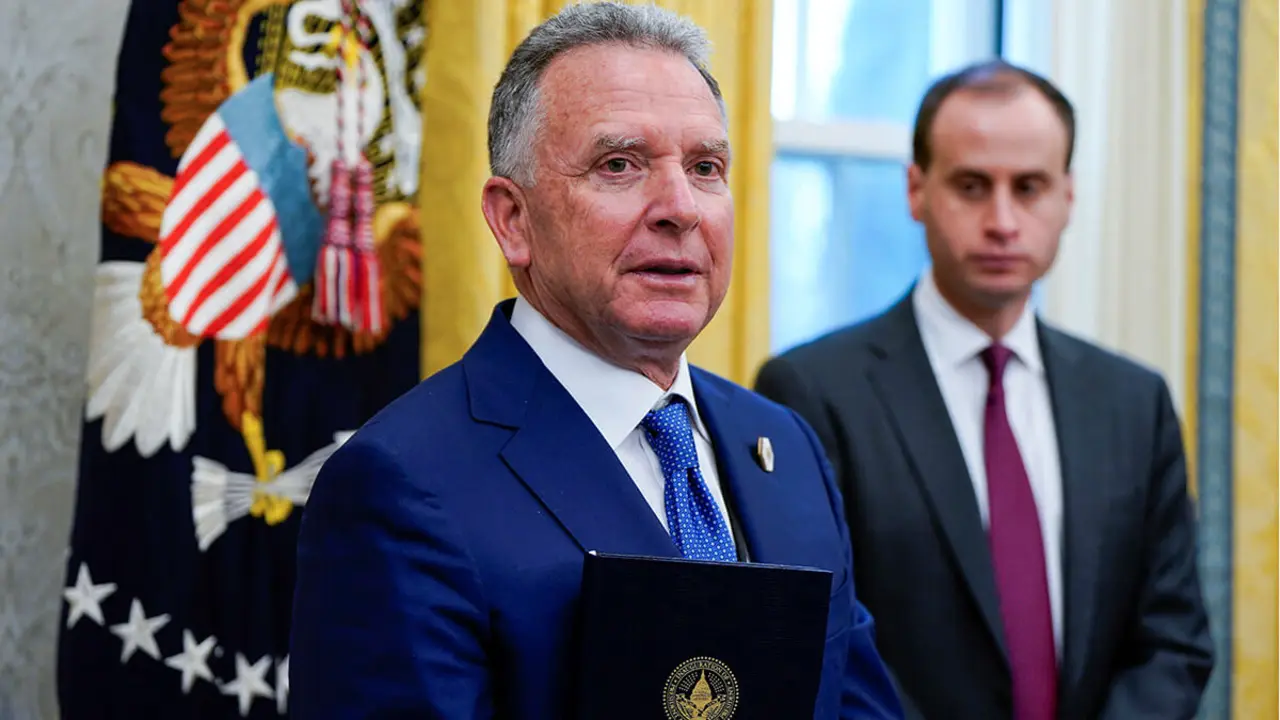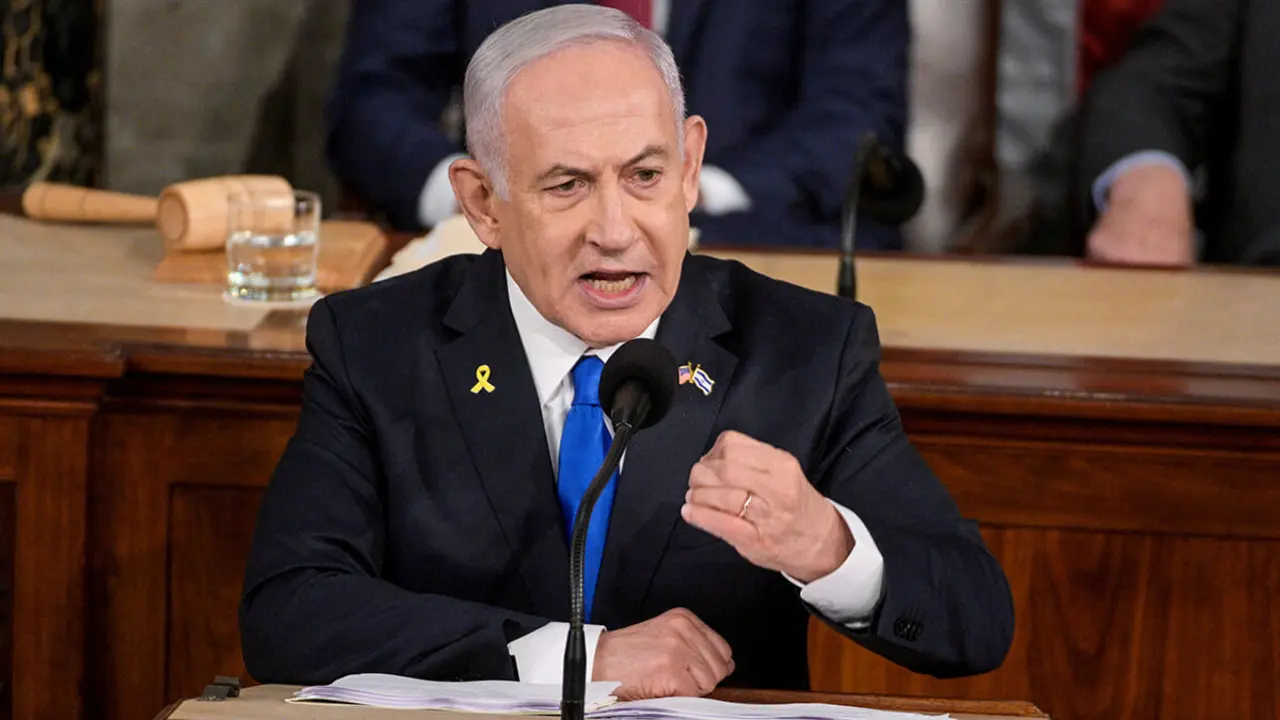The Black Sea: The Hotspot of Russian-US New Cold War
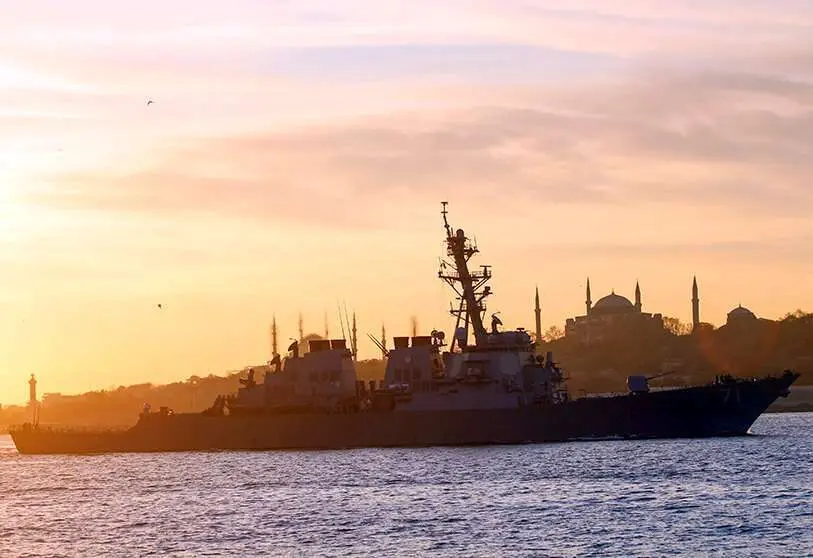
Russia’s annexation of the Crimea peninsula in 2014 thrust Romania to the front line of a new cold war emerging between Moscow and Washington just 10 years after the southeastern European nation joined Nato.
Romania’s location has established it as a crucial element of the Alliance’s defense strategy in Europe.
“The most important battle for Europe's future happened long ago between West and East Germany. Nowadays it is taking place in the Black Sea region,” Iulian Fota, the director-general of the Romanian Diplomatic Institute, tells Efe.
“In recent years, Romania has been facing major geopolitical changes and new paradigms that we had not seen since the end of the Cold War. One of these paradigms is that we have become a frontline state.
“The confrontation between Russia and the US and the rest of the Western world for the future of Europe is taking place in this region.”
Since its annexation of Crimea from Ukraine, Russia has increased its military presence in the Black Sea with warplanes, navy ships, submarines and missile systems of various ranges. It also places restrictions in the Kerch Strait, which links the Black Sea with the Sea of Azov.
The move hampered Ukraine’s access to the wider Black Sea and resulted in a violent stand-off.
Russia’s Armed Forces use the body of water as a theater for military drills with tens of thousands of soldiers, which has led to minor incidents with US-allied nations in the region such as Romania.
As a Black Sea nation and Nato member, Romania has responded by reinforcing its military strength in cooperation with the US as its powers of deterrence become a focal aspect of its place within Europe.
Fota, a former presidential and government security advisor, says Romania has adapted to Russia’s drive to militarize its foreign affairs.
As part of this commitment, every Romanian political party in 2015 voted in favor of earmarking 2% of the national budget for defense, which would allow the country to boost its arsenal, including with the purchase of seven Patriot anti-missile systems from the US.
Romania became the first Black Sea nation to have the Patriot battery system when the first delivery arrived in September.
Claudiu Degeratu, a security expert and former member of Romania’s Nato delegations says: “With this purchase, Romania will have a very important capacity for Nato and boosts its powers of deterrence against Russia.”
Although the balance of military strength still tips in Russia’s favor, Romania and its Nato allies have made important progress in curbing the Kremlin’s ambition for influence in the region, according to Degeratu.
A vital part of Romania’s defense architecture can be found in the commune of Deveselu, which hosts Nato's Aegis Ballistic Missile Defense System.
Along with similar infrastructure in Poland, this missile defense system, in operation since 2016, is designed to protect the continent from projectiles launched from Russia and the Middle East.
Just as essential in Romania’s deterrence strategy is the Mihail Kogălniceanu air base on the Black Sea coast, which serves as a launchpad for Nato and US reconnaissance flights over the region.
According to outlets specialised in defense, the US has plans to convert the former Soviet base of Campia Turzii, located in Transylvania, into an active air base for its forces.
The patrols are periodically carried out in tangent with Nato warships that access the Black Sea via the Mediterranean.
Romania could yet host some of the 12,000 US soldiers set to be pulled out of Germany, according to Bucharest and Washington.
Another group of these soldiers will be destined for Poland, one of the US’ closest allies in central and eastern Europe.
“The northern flank, during the Cold War, was where most of the military forces of the two blocs were deployed but there was never a real conflict,” Degaratu says.
“If we look at the southern flank, however, in the last 30 years we’ve seen wars and conflicts like those in Chechnya, Armenia and Azerbaijan, border changes like those in Georgia and Ukraine and frozen conflicts in which two sides keep troops on the ground.”

